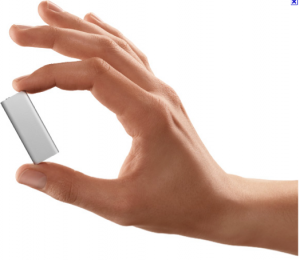How can a person tell if a noisy situation is dangerous to their hearing?
People may differ in their sensitivity to noise. Nevertheless, as a general rule, noise is probably damaging to the hearing if the noise:
• makes it necessary to shout to be heard over the background noise,
• causes ear pain
• makes the ears ring, or
• causes a loss of hearing for several hours or more after exposure to the noise.
In contrast to popular belief, there is no truth to the idea that a person is able to “toughen up” the ears by frequent exposure to loud noise. In reality, cumulative noise in the past has probably damaged the ears to such a degree that a person doesn’t hear the noise as much. Unfortunately, no treatment is available for noise-induced hearing loss once the damage has occurred. But the good news is – hearing protection can prevent damaged hearing. Learn about the dB Blocker experience.
What is a dB Blocker™
dB Blockers™ offer “The Smartest Hearing Protection in the World” especially where interpersonal communication is required. dB Blockers™ are custom fit to each individual wearer for maximum comfort and are made from SkinsoftT medical silicone. dB Blockers™ are particularly suited for industrial applications where communication between individuals is desired. These hearing protectors can be worn for a complete shift, without the need to remove it to talk on the phone, eat or relieve pressure.
How loud can a sound get before it affects hearing?
Many experts agree that continual exposure to more than 82 decibels (dB) is dangerous to the ears. As already mentioned, the decibel is a measure of the intensity of sound.
For example:
• the faintest sound the human ear can detect is labeled 0 dB, whereas the noise at a rocket pad during launch approaches 180 dB;
• a quiet whisper is approximately 30 dB;
• normal conversation is 60 dB;
• a lawnmower is 90 dB; and
• the sound from an iPod Shuffle has been measured at 115 dBs.
Decibels are measured logarithmically, which means that the sound energy of noise increases by units of 10. Therefore, a dB increase of a sound from 20 to 30 dB is an increase of 10 times, and a dB increase of a sound from 20 to 40 dB corresponds to increase of 100 times (10 times 10).
Click HERE to Read Article.
